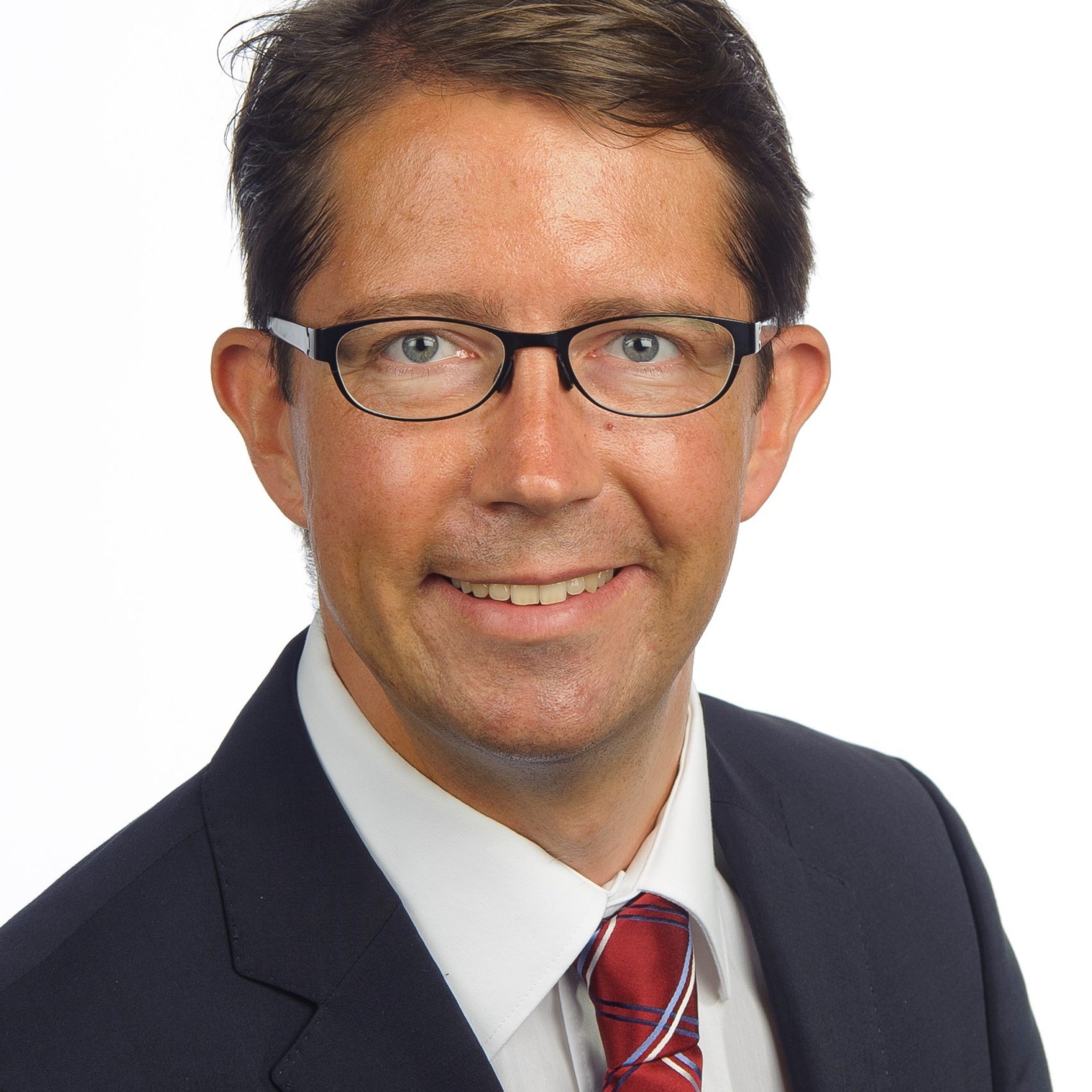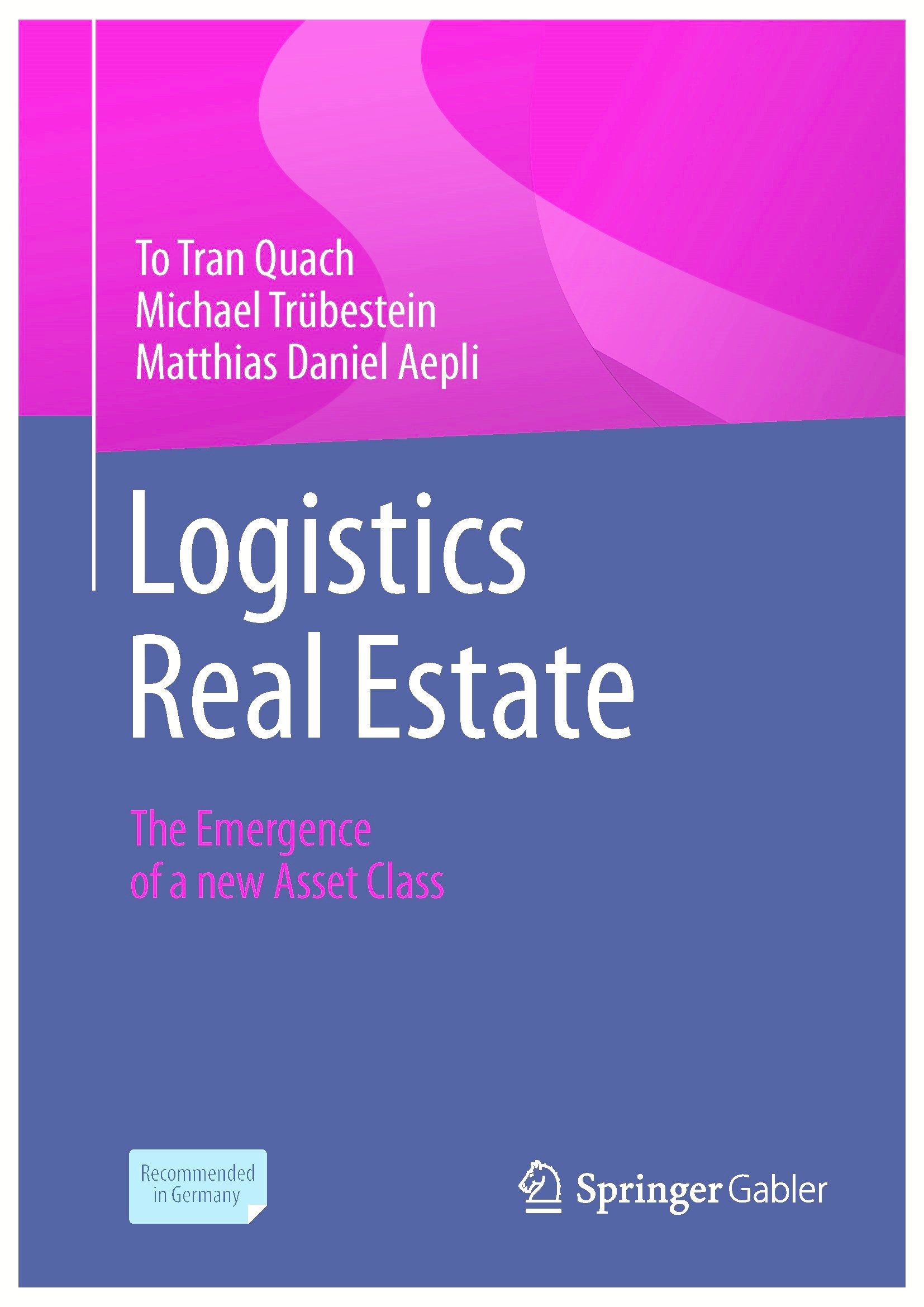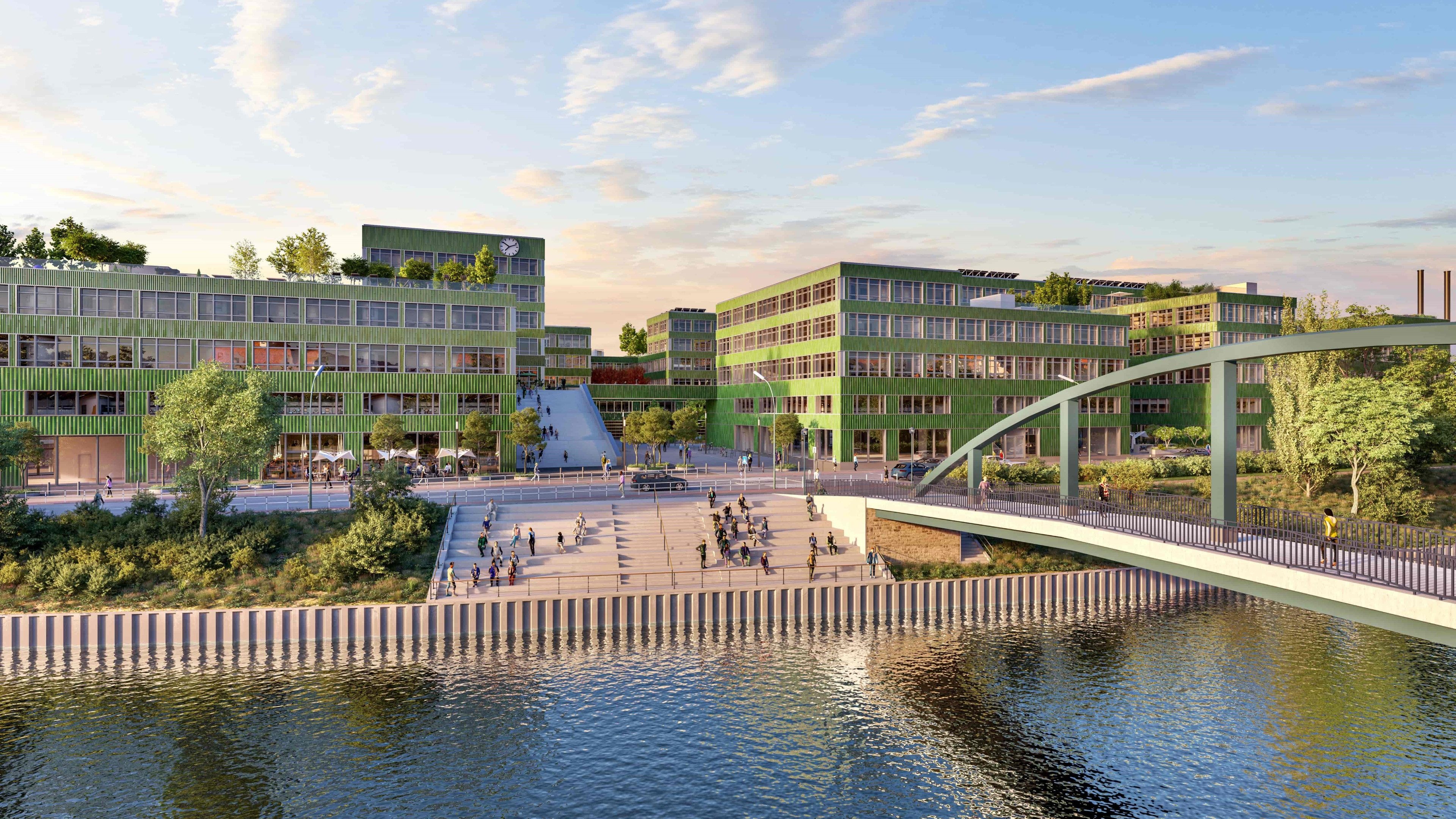Logistics, light industrial and life science shape the European real estate market. Demand for warehouses and modern factory buildings is suddenly rising again. Economist and Professor of Real Estate Management Michael Trübestein talks about the reasons behind and the potential of the “3L” trend.
We are currently witnessing a revolution in the European corporate real estate market: “3L” properties are increasingly displacing traditional offices. What’s happening right now?
“3L” refers to the three areas of logistics, light industrial and life science real estate. The logistics market, which involves the storage, handling and transportation of goods, is the most traditional and by far the largest sector. Light industrial – i.e. multifunctional commercial real estate that combines manufacturing, storage and distribution under one roof – has huge potential. And life science – with specialised buildings designed for research, development and manufacturing in the fields of biotechnology, pharmaceuticals and medicine – is a very interesting, lucrative niche market. The following applies to all three areas: they cover the key needs arising from social and economic megatrends.
Which megatrends are you referring to in particular?
Mainly globalisation and digitalisation. Increasing globalisation is driving demand for real estate that can be used for logistics – this applies both to huge logistics centres in green field sites and to “last mile” warehouses close to the city, which are located close to end customers and, above all, efficiently handle the last part of the supply chain, the so-called “last mile”. Digitalisation and e-commerce have exploded since the coronavirus pandemic. When it comes to e-commerce, 80 000 to 100 000 square metres of storage space are required for every CHF 1 billion of revenue.

Aren’t the supply bottlenecks caused by the pandemic and international conflicts more likely to lead to deglobalisation?
I view this in a very nuanced way. Reshoring, that is to say the relocation of manufacturing back to Europe, is a myth for most industries for economic reasons. On the contrary, I expect world trade to become even more intensive in the future. I am thinking, for example, of the Belt and Road Initiative, which is opening up completely new distribution channels to Asia. An increase in nearshoring, i.e. the relocation of selected business activities to Europe, seems more realistic than reshoring. This is further driving demand for logistics real estate in Europe.
Are these trends also relevant for light industrial real estate?
Light industrial properties are characterised by flexible, low-emission use and are often close to city centres. This is where the trends towards automation and individualisation also come into play, and so the increased demand for tailor-made products and services. In addition to warehouses for urban supplies, light industrial sites also offer space for local production, for example for food manufacturers. Old industrial sites, which during the industrial revolution were located on the outskirts of the city, have now moved closer to the city centre as cities have grown outwards.
Given the growing housing shortage, wouldn’t it make more sense to convert these sites into residential areas and locate the light industrial buildings in the suburbs?
No, because cities benefit from a mix of properties. Space for SMEs and start-ups help drive economic development and economic strength. A city where people both work and produce goods is much more lively and attractive than a pure dormitory town. Different building uses can be well integrated into mixed-use areas that combine living, working and leisure activities, which greatly enhances these districts. This is also more environmentally friendly and represents good urban living.

What is environmentally friendly about it?
Efficient last-mile logistics and flexible manufacturing facilities in city centres reduce traffic because flows of goods can be better organised. With access to public transport and proximity to where employees live, the vision of a 15-minute city becomes a reality – a city where all important everyday destinations are within a 15-minute walk. This reduces air and noise pollution.
Life science real estate is currently experiencing a real boom – why?
This boom is being driven by demographic change: The proportion of people over the age of 65 in Europe will increase from the 19% now to around 28% in 2050, while the proportion of people over the age of 80 will even triple. This opens up new growth opportunities for the life science industry through innovation in areas such as molecular diagnostics and digital health. This requires special buildings that offer a mix of office, laboratory and manufacturing space. These should ideally be located in large cities or university towns, as research and development activities require highly qualified specialists.
Is the “3L” revolution taking place throughout Europe?
In principle, yes, although this applies in particular to the so-called “blue banana” region. In other words, for the European manufacturing and services area that stretches from northern England along the Rhine to northern Italy. Germany is particularly well suited for huge big-box logistics warehouses, thanks to its location in the heart of Europe and its good connections to motorways, trains, ships and aircraft. The traditional pharmaceutical locations in the UK, Benelux and German-speaking countries have proven themselves to be the top regions for life science real estate. Successful light industrial site developments can be found in all major cities, from Berlin, to Paris and Zurich.
What sets the Swiss market apart in particular?
From a real estate perspective, Switzerland remains an “island of prosperity”. Immigration is high, interest rates are already falling again and economic growth is continuing. Of the “3L” properties in Switzerland, the focus is on life science and light industrial sites as well as last mile logistics. On the other hand, space is too scarce and the price of land too high for mega-logistics centres.
What is your longer-term forecast for logistics real estate?
The above-mentioned megatrends – globalisation and digitalisation – will continue and the logistics sector will grow strongly in the future, in particular due to the issue of sustainability. More and more cities are wanting to introduce car-free zones, which will further increase the demand for last-mile distribution hubs in or near cities.
And what about the sustainability of logistics properties themselves?
As is the case for the entire industry, it is now impossible to not take ESG factors into consideration. Large-scale sustainability measures are particularly relevant for large logistics centres. One example of this is Swiss Life’s state-of-the-art new logistics building in the Zwickau region of the German state of Saxony. The 22 500 square metre building has a photovoltaic system on the roof and a green-landscaped facade. There are also state-of-the-art heat pumps and buffer tanks, which means the site is not dependent on fossil fuels.
Lead image: Beos/Swiss Life “Berlin Decks” business park (planned)

Michael Trübestein
Michael Trübestein is Professor of Real Estate Management at the Lucerne University of Applied Sciences and Arts and Head of the “Logistics and Light Industrial” research project. He is the author of various publications on national and international real estate topics and co-editor of the recently published book “Logistics Real Estate. The Emergence of a new Asset Class.” (Springer Gabler Verlag), which has been produced in collaboration with Swiss Life Asset Managers.





